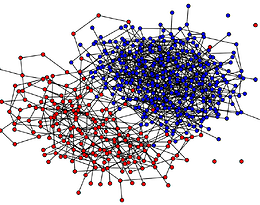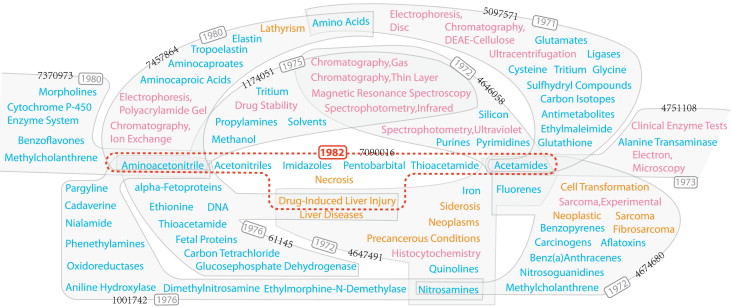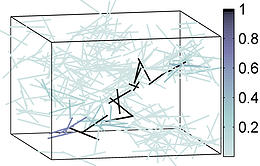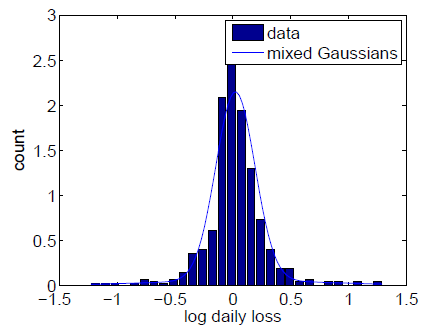Adaptive Network Dynamics
Diffusion processes are probably the most studied dynamics on networks, e.g., disease spread, influence maximization, opinion formation, just to name a few. However, a few gaps still exist between the literature and real systems. First, the underlying network structure is not always known. Second, the network structure affects and is affected by the diffusion processes simultaneously. With collaborators from math, stats, physics, and social sciences, I have been developing a series of theoretical models and methods to address these issues, and use them to quantify the self-reinforcing dynamics in the real world.
Can We Agree on Science? Evidence from Book Co-Purchase Data, F. Dokshin, J. A. Evans, M. Macy, F. Shi, Y. Shi in preparation
Social Clustering in Epidemic Spread on Coevolving Networks, H.-W. Lee, N. Malik, F. Shi, and P. J. Mucha in preparation
Multiopinion coevolving voter model with infinitely many phase transitions, F. Shi, P.J. Mucha, R. Durrett PRE
Graph fission in an evolving voter model, R. Durrett, J. P. Gleeson, A. L. Lloyd, P. J. Mucha, F. Shi, D. Sivakoff, J. E. S. Socolar, C. Varghese PNAS
Diffusion through Information networks, S. S. Bhamidi, P. J. Mucha, A. Nobel, J. Wilson, F. Shi Master's Thesis





